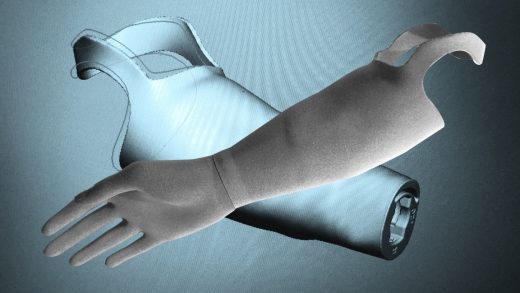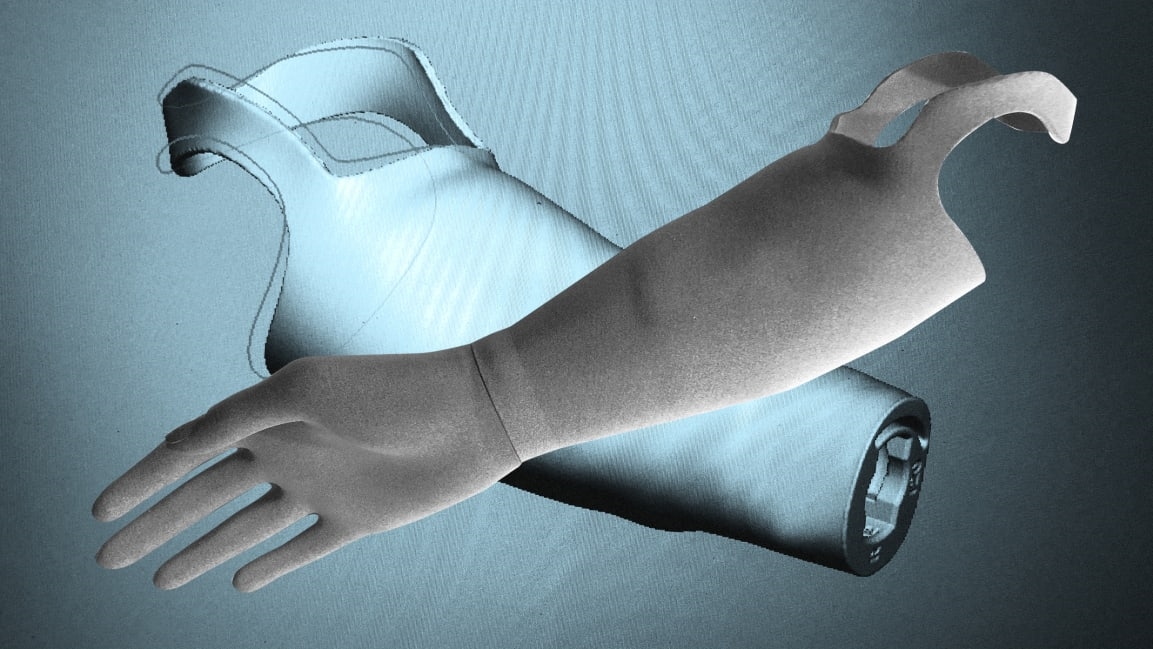How 3D printing is making prosthetics cheap and accessible, even in remote places
Making a very simple prosthetic arm can cost $1,000 for the materials alone. But 3D scanning and printing can shrink the cost to as little as $4. In Guatemala, where some families might earn $50 in a month, one hospital is now using digital tech and other techniques to make prosthetics accessible for patients who couldn’t have afforded them in the past.
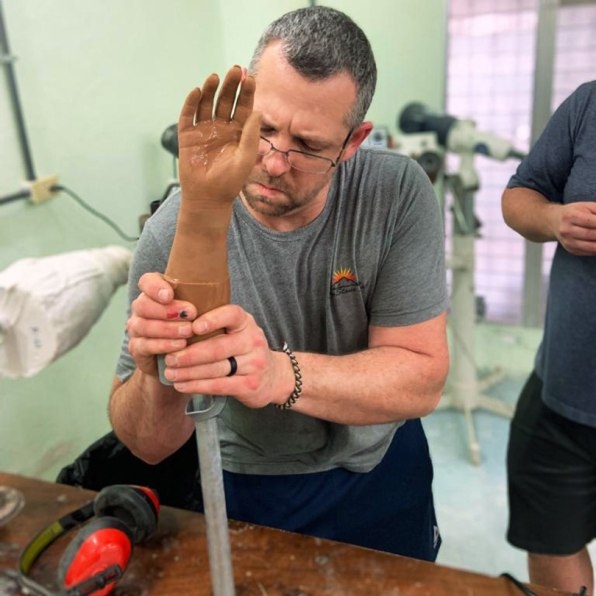
[Photo: courtesy LifeNabled]
When the hospital opened in 2006, new digital technology existed but wasn’t yet feasible to use. “A ‘portable’ scanner that took up your whole suitcase would be about $50,000,” says Brent Wright, a U.S.-based prosthetist and orthotist who travels to Guatemala twice a year to work at the hospital. “It just didn’t make financial sense.” Now, the costs are low enough that he can carry a handheld 3D scanner (made by a company called Artec), 3D printers, and materials for printing.
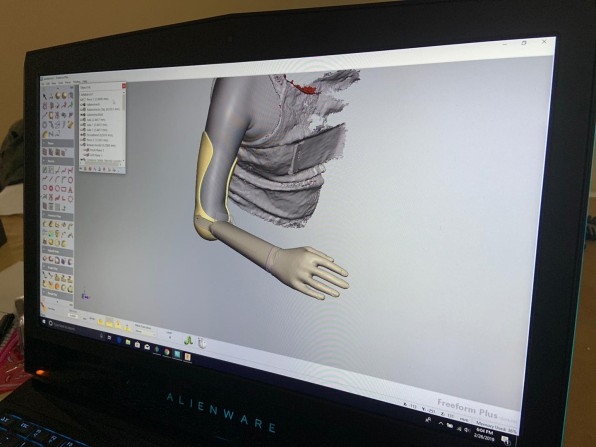
[Photo: courtesy LifeNabled]
Creating a typical prosthetic is a labor-intensive process that involves making a cast, sanding it down, detailed measurements, and heating plastic in an oven to create a mold that has to be vacuum-sealed. This “test socket” is used in fittings before a final prosthetic is made from carbon fiber or another material. The digital process is faster. After making a cast of the patient’s affected limb and 3D scanning the cast, the technician has a digital file that can be sent to a 3D printer and produced. Because the file can be sent remotely, it also enables people to work in areas where 3D printers aren’t available. A nonprofit called LifeNabled that launched out of the hospital now wants to train more people to take scans locally, and then send the files to printers elsewhere.
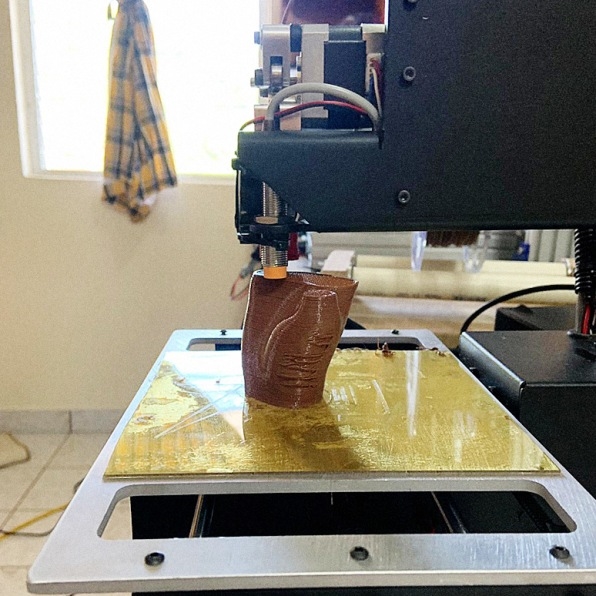
“If we’re able to train people to use the digital scanning technology, then we’re able to take those files, manipulate them, and then create a prosthesis and get it back to the people that are scanning so they can fit the patients,” Wright says. “And that takes me essentially out of the loop: I don’t have to be hands-on on the patient care side of things. It also significantly decreases the capital expenditures for creating a lab.” A traditional production facility might cost $100,000 to build; a 3D printer might cost between $1,000 and $3,000.
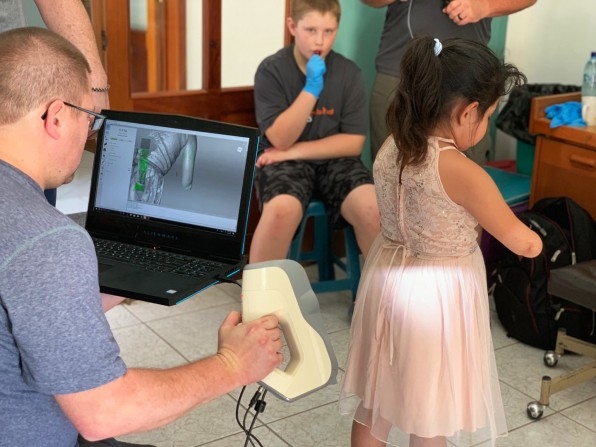
[Photo: courtesy LifeNabled]
The hospital currently uses 3D scanning and printing for prosthetic arms. One patient was a 22-year-old woman who lost an arm in a home invasion when multiple people attacked her with machetes; when he met her, Wright says that she was so depressed that she didn’t want to meet his eyes. When she learned that she could have a prosthetic arm, “you could see a glimmer of hope,” he says. She now works with the hospital. To date, the team has used affordable variations on traditional fabrication to make prosthetic legs, which have to be stronger to bear weight. But a new printer from HP called the Multi Jet Fusion, Wright says, makes it technically possible to 3D-print legs as well. “The materials are finally there to where it’s durable long-term enough to rival what we had to been traditionally fabricating,” he says. Right now, the cost of the new printer is prohibitive, but with enough volume, the costs can come down. For a patient, getting a prosthetic leg can have even more impact, making it possible for someone to work, or for a child in a rural area to walk to school.
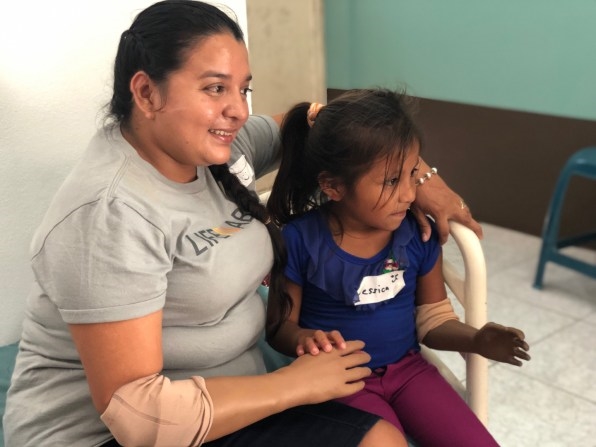
[Photo: courtesy LifeNabled]
LifeNabled wants to train people throughout other parts of the developing world. “Across the world, I think the last count was 30 million amputees that don’t have access to prosthetics,” Wright says.
(23)

